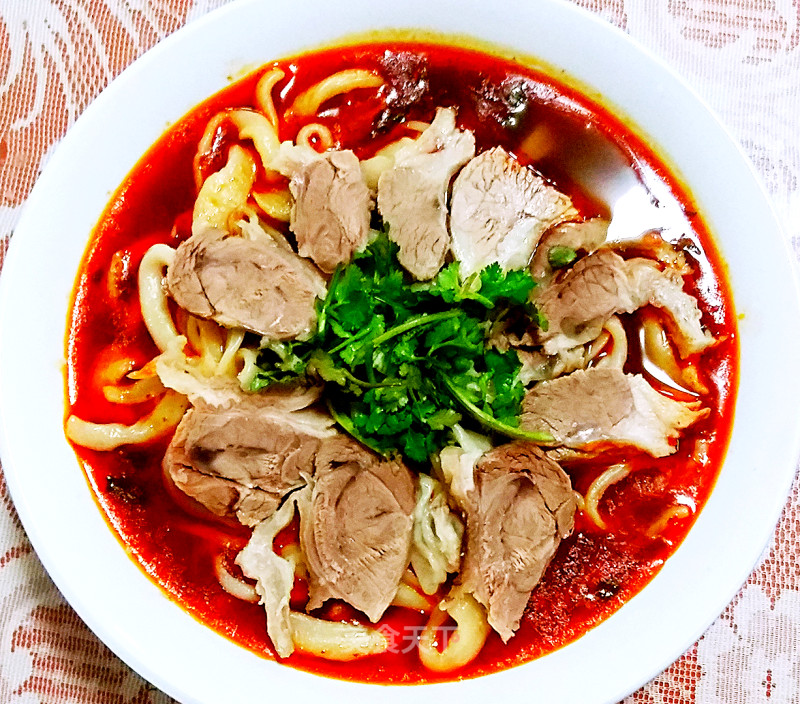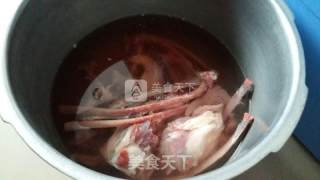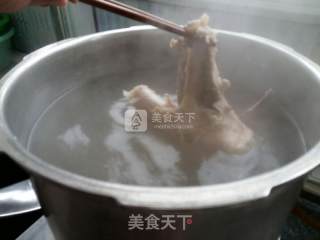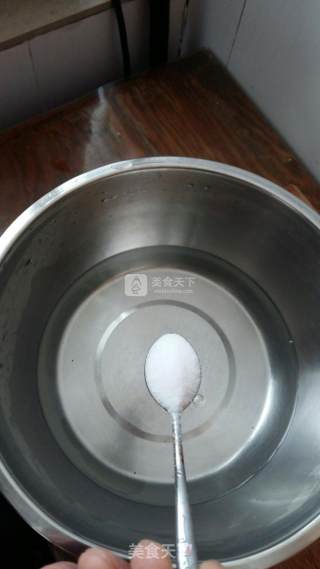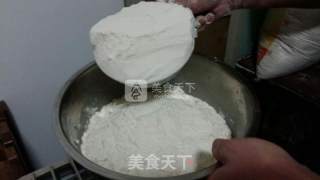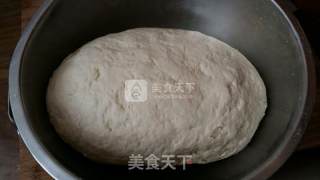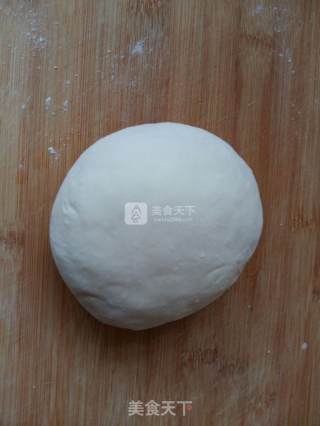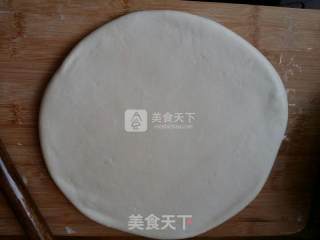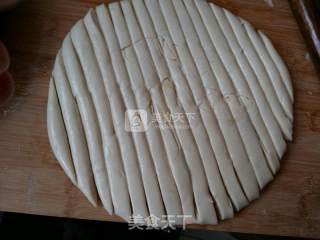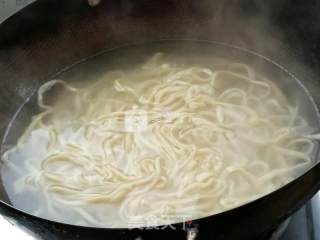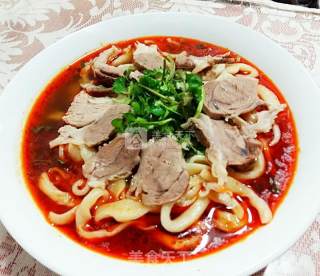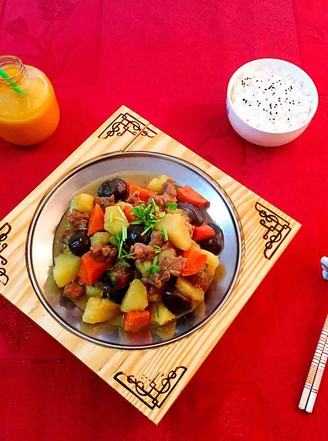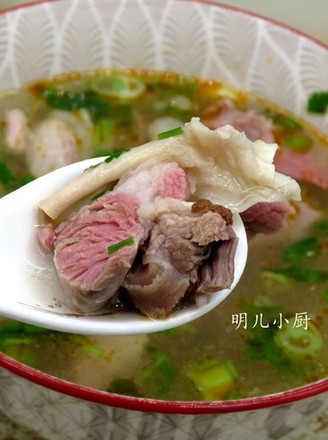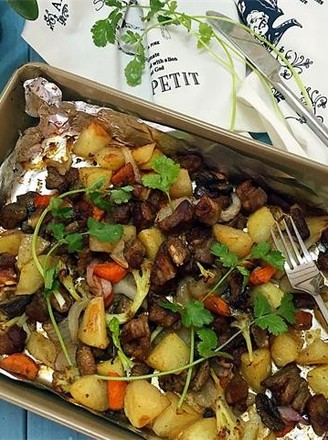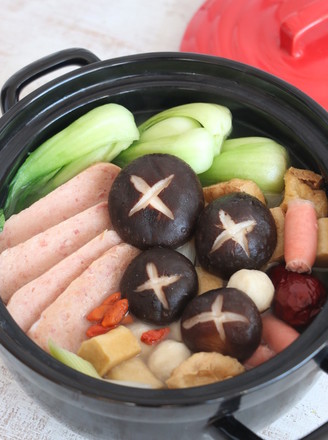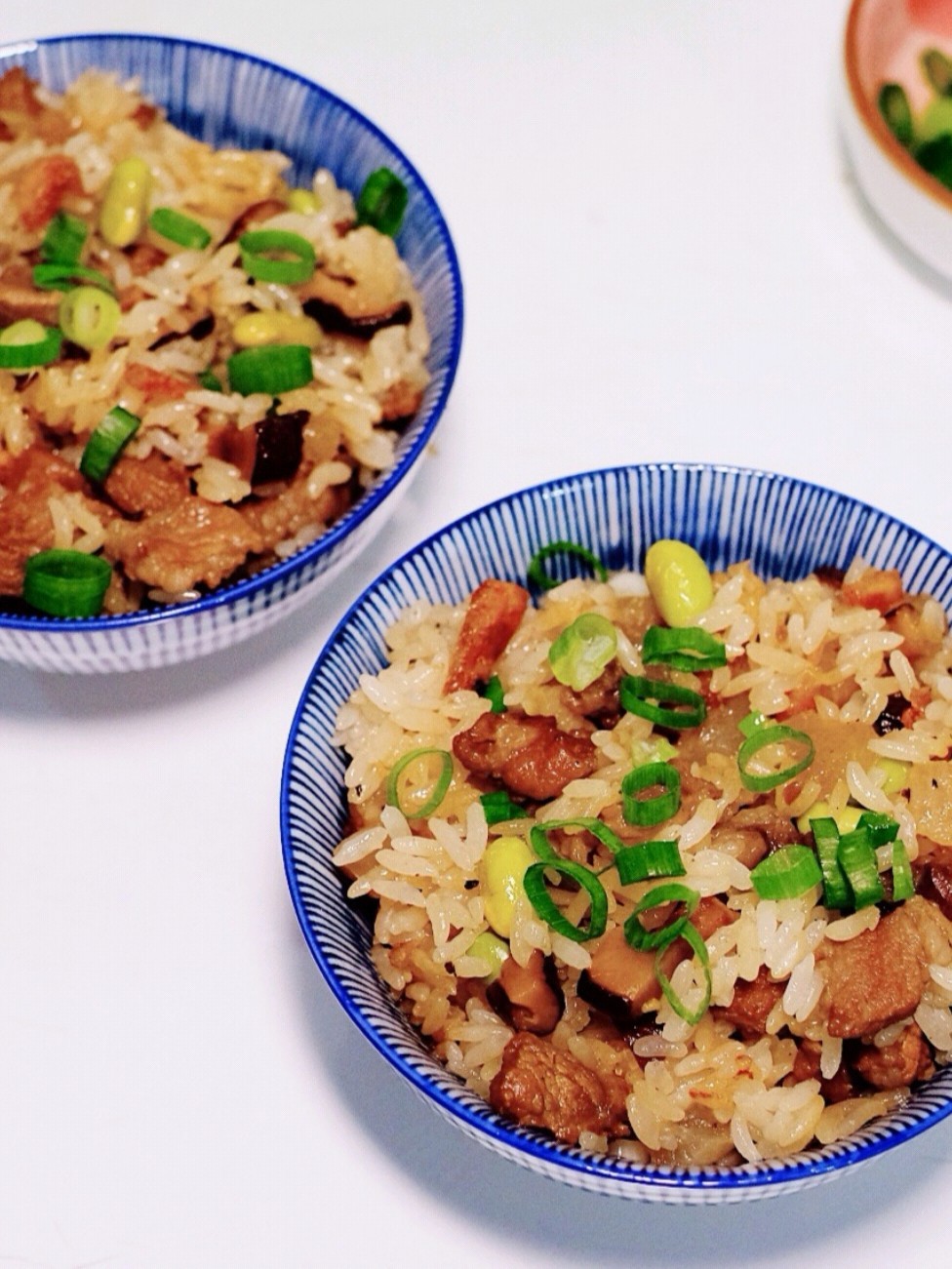Lamb Ramen
by xueqiu06211
Favorite
Difficulty
Normal
Time
1h
Serving
2
Lamb, warm in nature, can protect the body from the cold, and it can protect the body from general cold, cough, chronic bronchitis, asthma of deficiency and cold, impotence of the kidney, cold abdomen, body weakness and fear of cold, sore waist and knees, yellow facial muscles, thin face Deficiency, post-illness or post-partum physical deficiency and other deficient conditions have therapeutic and tonic effects. They are most suitable for consumption in winter, so they are called winter tonics and are very popular among people. Because mutton has an unpleasant smell of mutton, it is ignored by some people. In fact, if one kilogram of mutton can be cooked with 10 grams of licorice, an appropriate amount of cooking wine and ginger, it will be able to remove the mutton and maintain its mutton flavor. "

